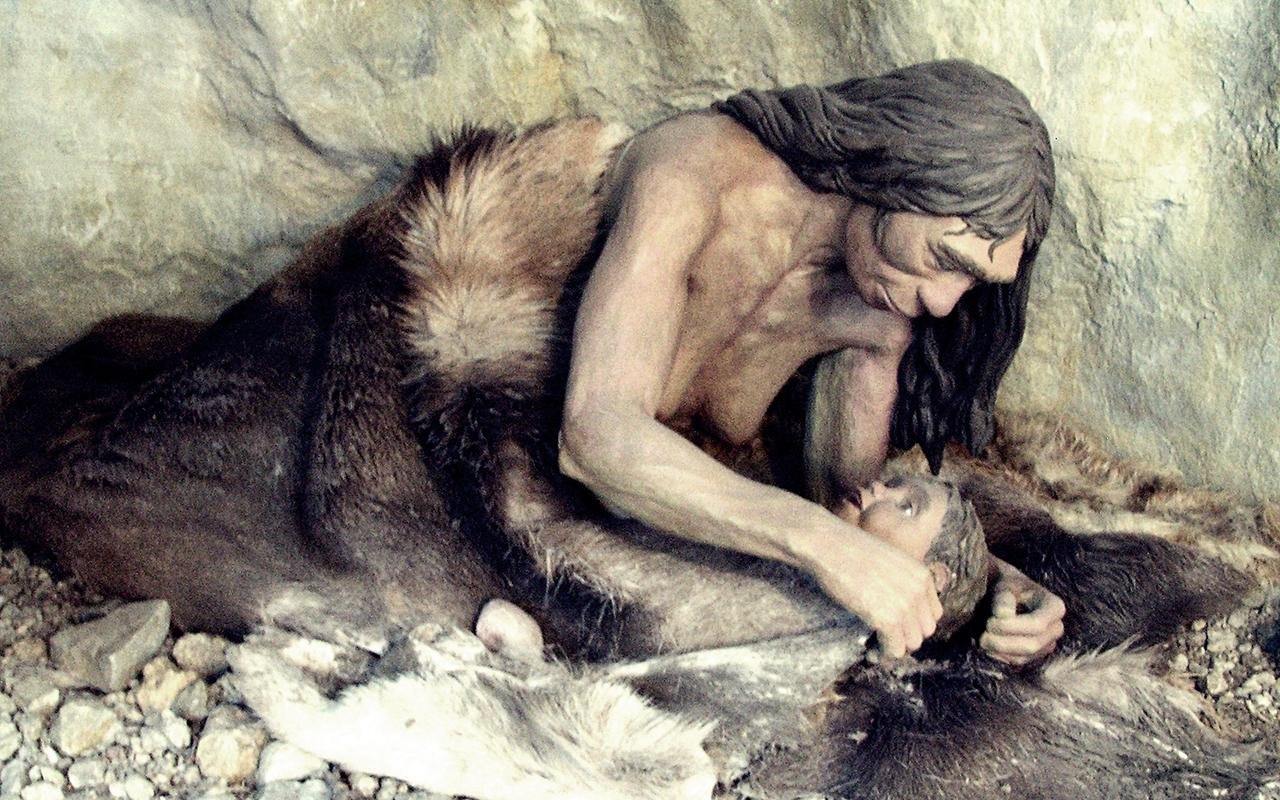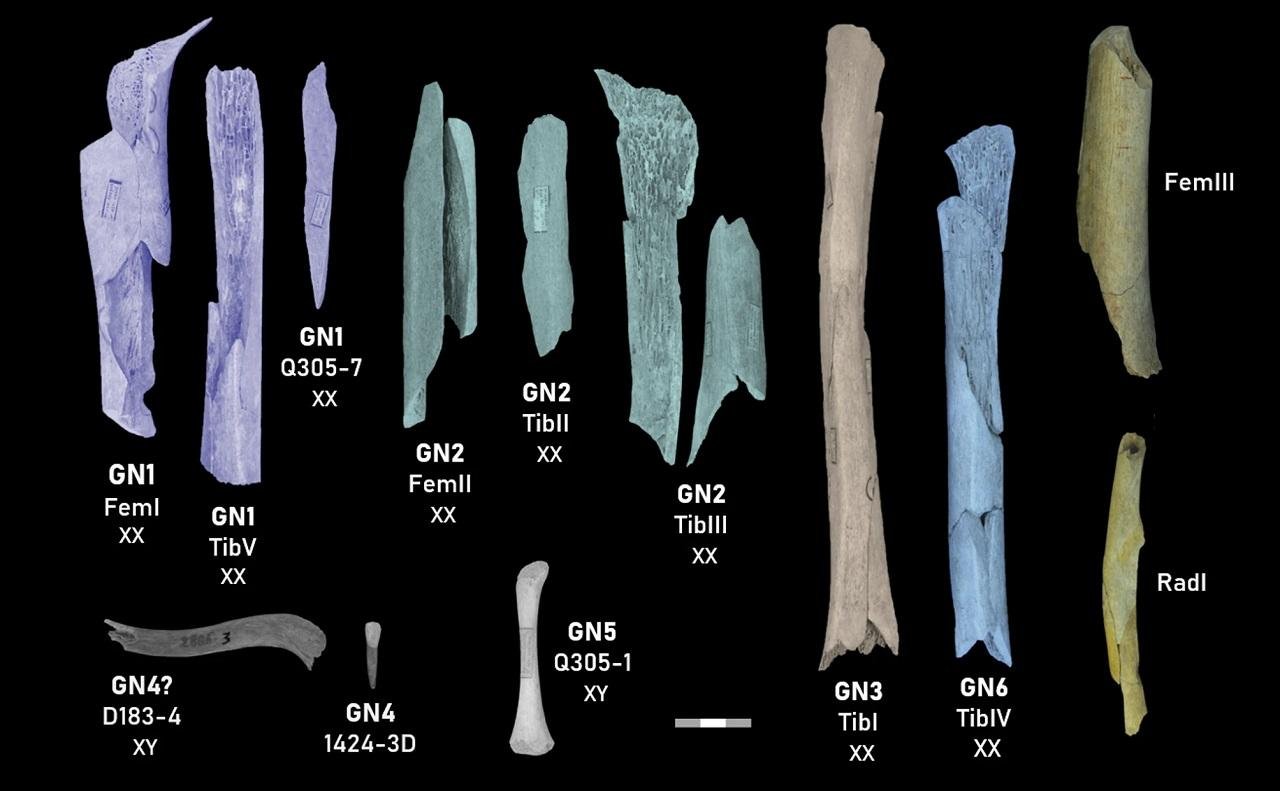Researchers in archaeology and genetics who worked on one of the most important Neanderthal collections in Europe have reconstructed a dramatic and unsettling scene from the last millennium of Neanderthal history.

A new study conducted on human remains from the Troisième Caverne of Goyet in Belgium indicates that a small group of non-local Neanderthals, mostly adult or adolescent women, and two younger individuals, were killed and consumed between 41,000 and 45,000 years ago. The findings indicate a form of selective exocannibalism, likely linked to territorial tensions during the time when Neanderthal populations were shrinking and Homo sapiens had begun occupying nearby regions.
Goyet has the largest assemblage of Neanderthal remains in Northern Europe that shows unequivocal signs of human modification: cut marks, intentional breakage, and distribution patterns similar to those observed on animal bones that have been processed for food. For a long time, the fragmentary condition of the human remains limited detailed analysis, but all of this has changed now with the reassessment undertaken over the past decade. Ancient DNA, radiocarbon dating, isotopic measurements, and virtual reconstructions together allowed the identification of at least six individuals and clarified their biological profiles.
These results indicate that four of the individuals were adult or adolescent females of exceptionally short stature and with exceptionally gracile long bones, which distinguish them from both local Neanderthals and other European Neanderthal groups. Despite the light build observed, isotopic evidence confirms that they were non-local, having migrated from areas outside the Goyet region. There are no skeletal indications of high mobility in their remains, but they carry the same butchery marks observed on hunted animals; thus, they were processed for consumption rather than being part of any ritual practice.

The makeup of this group is remarkable. The overrepresentation of short, gracile females, with two immature individuals, speaks to strong selection bias rather than a random accumulation of community members. Combined with their non-local origins, this pattern strongly supports exocannibalism—the targeting of individuals from another group. The study points to a deliberate act in which these outsiders were brought to the cave and consumed by the local Neanderthals.
The context of the period further illuminates this. Between 41,000 and 45,000 years ago, Neanderthal groups across Northern Europe were already showing significant cultural diversity and were in biological decline, while early Homo sapiens were present in the surrounding areas. Under these circumstances, territorial tensions, resource competition, or conflict between neighbors could have been heightened. The Goyet assemblage provides a record of how such tensions might sometimes be expressed in violent encounters, where outsiders were captured and eaten.
By combining genetic, isotopic, and morphological data, the study has provided the clearest picture to date of the Goyet individuals and the circumstances surrounding their deaths. These results reveal a rare case of selective exocannibalism and highlight the social and territorial stresses that shaped Neanderthal life during the final stages of their existence in Northern Europe.
























Comments 0